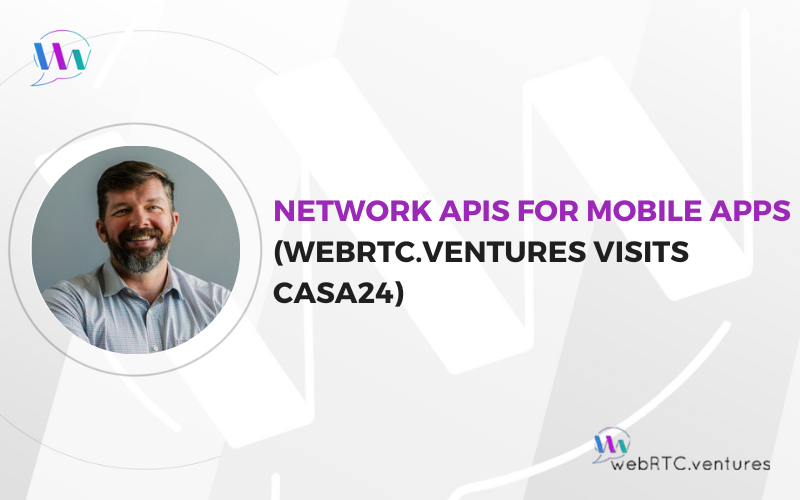
Session Initiation Protocol (SIP) and WebRTC are both essential technologies in the field of real-time communications, particularly for voice and video over IP. While they serve complementary roles, they operate differently and have distinct functionalities. In this post, we explore how to architect the integration of WebRTC

What if your mobile app had direct access to data about the telecommunications network it’s running on? What would you do with additional data about things like the quality of your connection, and the device that your application is running on? I’ve been hearing about the potential

Latency is a crucial factor in real-time communication applications like video conferencing, online gaming, and live streaming. Even small delays can disrupt the flow of communication or interaction, leading to frustration and a poor user experience. As more interactive and immersive technologies continue to evolve, managing latency

Building WebRTC applications is a complex process that requires intricate knowledge and integration of various components. One approach to streamline this work is through a Communication Platform as a Service (CPaaS), which offers a suite of tools and Application Programming Interfaces (APIs) that simplifies overall development. In






